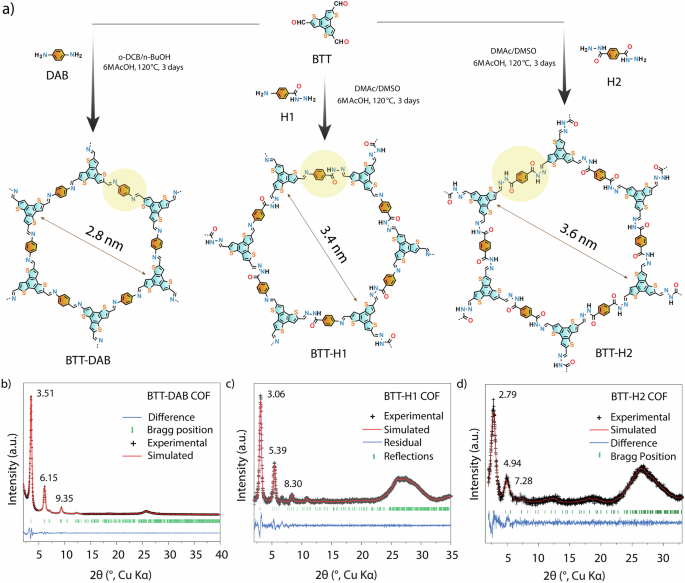Innovative COFs for Efficient H2O2 Generation through Photocatalysis
Key Ideas
- Photocatalytic strategies for H2O2 production are crucial for clean and environmentally friendly energy sources.
- COFs have emerged as promising materials for efficient H2O2 generation due to their unique properties and tunable functionalities.
- The incorporation of specific moieties in COFs, such as triazine and porphyrin, accelerates H2O2 generation.
- Research on COFs with donor-acceptor units and hydrazone linkages shows promise in enhancing photocatalytic H2O2 generation efficiency.
The conversion of solar energy into chemical energy, particularly hydrogen peroxide (H2O2), is essential for sustainable and eco-friendly solutions. Hydrogen peroxide serves various purposes, including in bleaching, water purification, and energy production for vehicles and rockets. Traditional methods of H2O2 production have drawbacks, leading to environmental concerns. Photocatalytic strategies using materials like COFs have shown promise in efficient H2O2 generation. COFs offer unique properties such as tunable functionalities and efficient light harvesting, making them ideal for photocatalysis. Incorporating specific moieties into COFs enhances H2O2 generation rates. Recent research focuses on COFs with donor-acceptor units and hydrazone linkages for improved photocatalytic performance. The study demonstrates that hydrazone linkages in COFs play a vital role in activating water and promoting efficient H2O2 generation. By varying the number of imine and hydrazone linkages in COFs, researchers have achieved enhanced rates of H2O2 production. Overall, the innovative use of COFs in photocatalysis shows great potential for advancing clean energy technologies.
Topics
Production
Green Energy
Research
Clean Technology
Environmental Sustainability
Materials Science
Photocatalysts
Photocatalysis
Chemical Energy
Latest News
